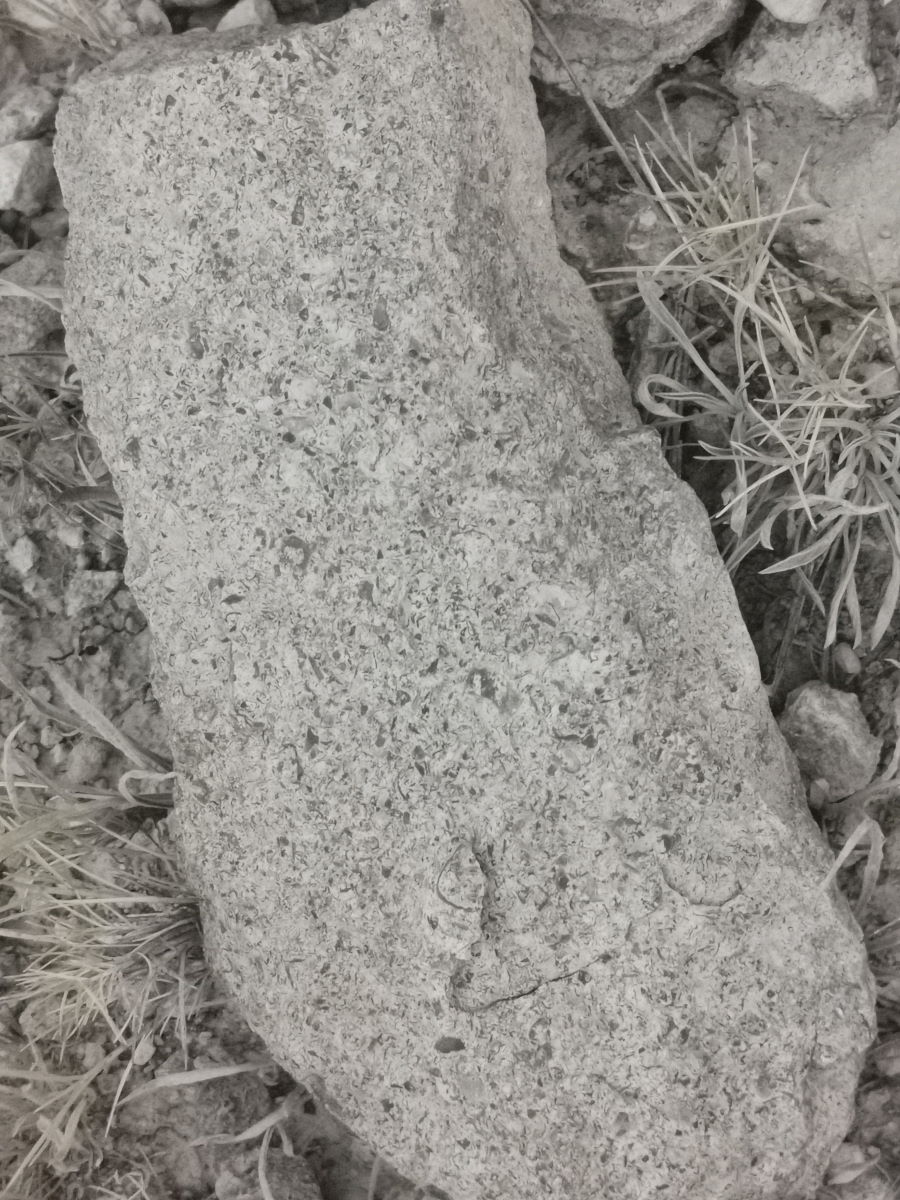
Archaeological route with the remains of an Ibero-Roman settlement.
We go down to the Tornos river from the top of the farm, which allows us to contemplate the Roman ruins, an old shepherd's house in very good condition, fields of cultivation, some of which were vineyards, and a small precipice where you can see the meanders of the river, where formerly they cultivated different crops (1h).
It is common to encounter fossils along this entire route And also multiple dry stone infrastructures, to delimit fields, boundaries, etc. These stone infrastructures are a very important element of the ecosystem from various points of view. They have a high direct agronomic value, because they help in the delimitation of the plots and in the containment of livestock. In addition, thanks to the fauna that inhabits them, they provide regulation services to neighboring crops, improving biological control of pests and pollination.
Finally, the retaining walls on the sloping slopes protect the soil from erosion, by slowing down the advance of water, which gives them a high environmental value today.
Finally, it is also worth noting its great cultural value. The dry stone constructions constitute a key element in the physiognomy of the landscape and a hallmark of the mountainous lands of the eastern Iberian system.



